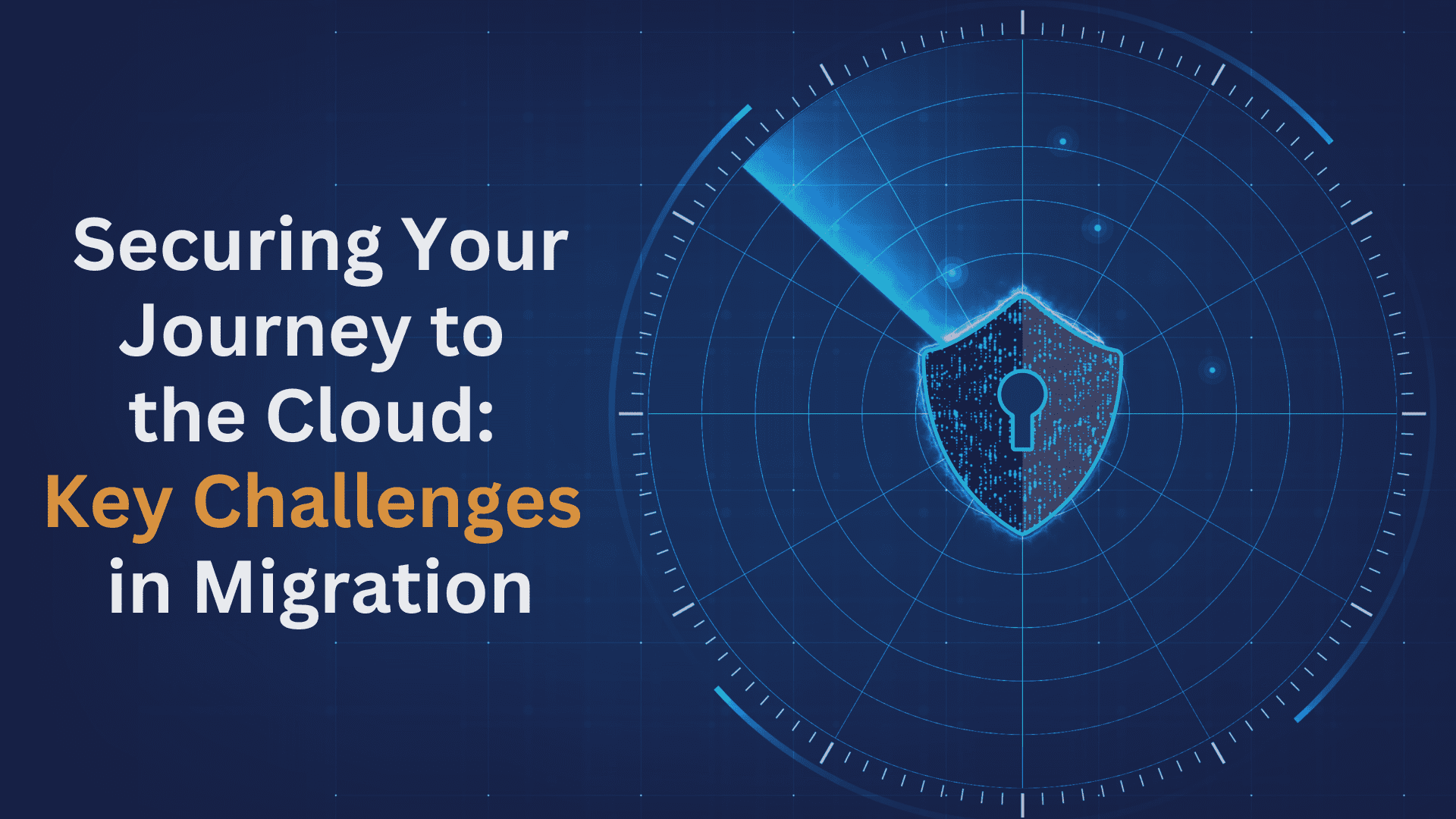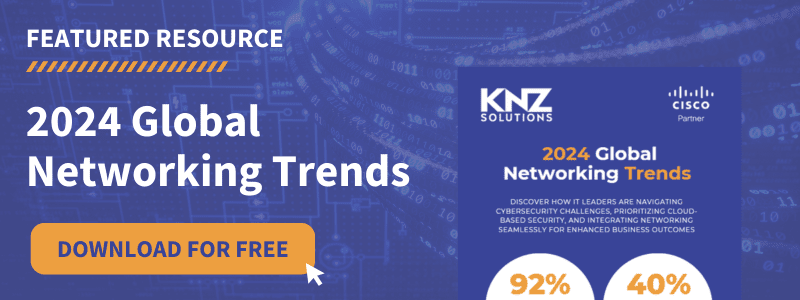Cloud migration has become commonplace as more organizations take on cloud-first approaches to IT. However, companies shouldn’t allow themselves to be lulled into a state of complacency.
While data and applications are being moved to the cloud more frequently and more quickly, cloud migration is still a complex and risky process. Cloud environments are becoming increasingly complex with the rise in popularity of hybrid cloud and multicloud. Moving data and applications to multiple cloud models and instances heightens the level of risk.
Before conducting a cloud migration, organizations need to be aware of the security risks involved so they can prepare to combat them.
Here’s an overview of 3 top cloud migration security challenges.
1) Data Exposure and Loss
During the migration process, data is in a vulnerable state as it moves from an on-site data center to the cloud. The risk of data loss is increased by the fact that a cloud migration requires the transmission of huge volumes of data.
Vital data can be lost while in transit, resulting in incomplete and corrupt files. Data is also more susceptible to being stolen or compromised by cybercriminals while being moved to the cloud. To make use of data once it has been transferred to the cloud, your company needs to have confidence in its integrity.
Because of the risk of data loss and exposure, backup and recovery should be part of your cloud migration strategy. Your organization should also comply with security policies during and after migration. Cloud security controls need to be in place, such as privileged access management and encryption.
2) Misconfigurations
During cloud migration, users need to specify configurations. When these configurations are incorrect, they leave your company open to risk. For example, a misconfiguration can give free inbound and outbound access to data and applications.
Misconfigurations can occur because of malicious intent or due to human error. When companies move data and applications to the cloud, they may grant permissions, including those for privileged access, to new users.
Bad actors may take advantage of changes in access controls to make unauthorized access attempts and reconfigure applications. Cybercriminals may also use new network gateways to the cloud to pull malware from remote sources to infect applications and corrupt data.
As the bridge between software and the cloud, APIs need to be created with authentication, access control, and encryption.
3) Lack of Cybersecurity Expertise
The IT industry is facing a skills shortage, particularly in cybersecurity expertise. This lack of cybersecurity experts means it is unlikely that a company will have the resources on their IT staff needed to control security during a cloud migration.
To safely migrate to the cloud, a company needs staff members who can develop a robust security strategy for protecting the network, endpoints, and data during the migration process. In lieu of this expertise, DevOps teams and cloud engineers may step in to take over security responsibilities, creating confusion about security accountability.
Overcoming Cloud Migration Security Risks
Becoming aware of the security challenges created by the cloud migration process is just the first step. Creating a security strategy should be part of the cloud migration planning process.
Building a secure network to support the cloud lays the foundation for a secure cloud migration. By working with a technology partner that specializes in cloud and network security, your company can reduce the risk of moving to the cloud.
KNZ Solutions provides cloud migration strategies as part of our data center modernization services. As a Cisco Premier Certified Partner, we have the network security expertise needed to help companies assess their cloud migration risk and to make recommendations for bridging security gaps during the process.
We can help you plan your workload migration and suggest Cisco solutions, such as those for identity and access management, that can help make your move to the cloud smoother and safer.
Find out how to uncover and overcome hybrid work security challenges. View our infographic: Overcoming Security Challenges During Cloud Migration
Concerned about your organization’s security? See why you need to consider network security measures beyond the perimeter in Part 1 of our blog series, “In Firewalls We Trust?”.




